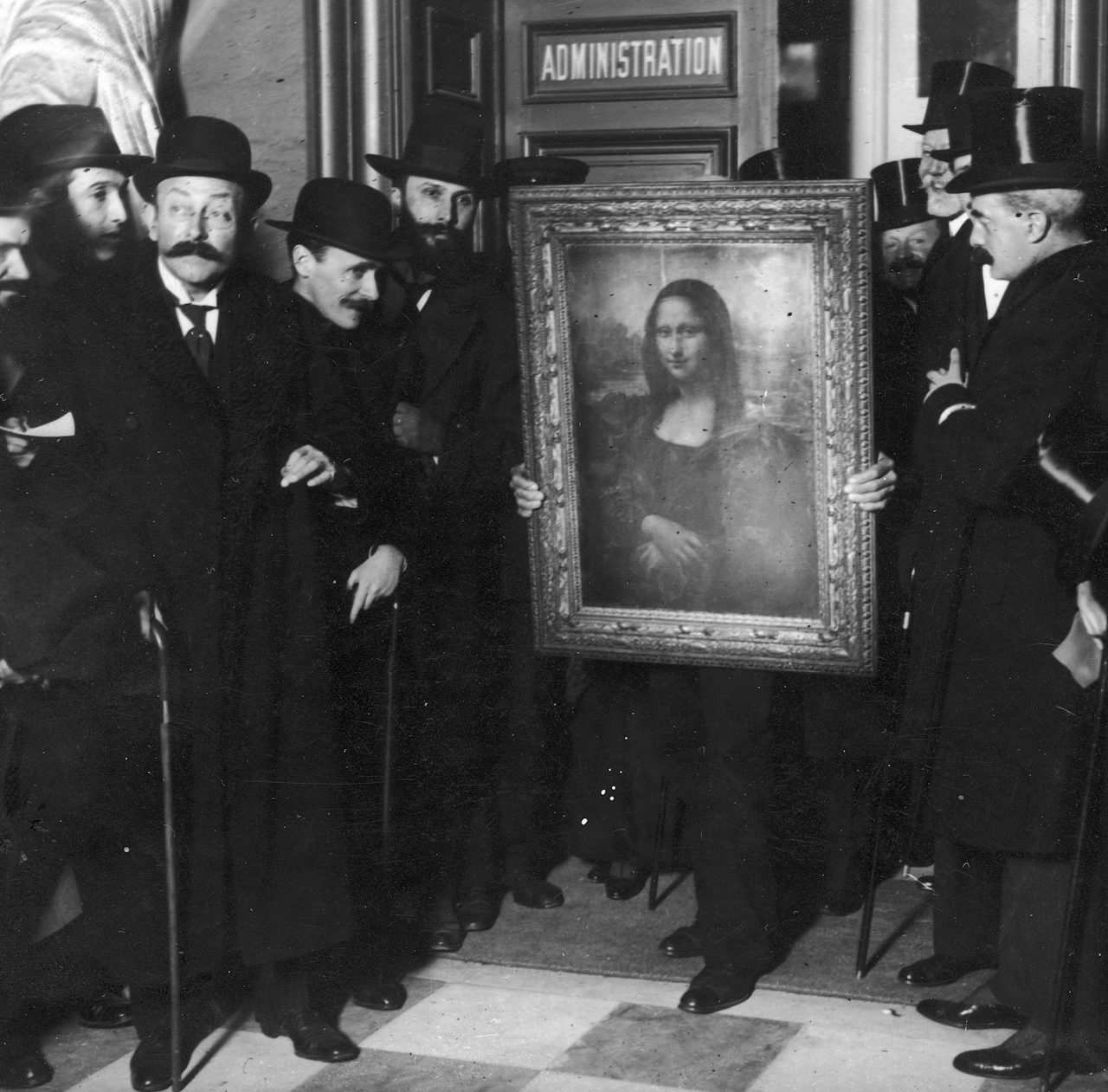When Ronald Reagan was inaugurated in 1982, one of his first priorities was slashing the federal budget. Falling in line with the conventional conservative logic that the government should “get out of people’s way” instead of providing them with services that they need, Reagan proposed what at the time were seen as dramatic cuts to a number of federal programs. The National Endowment for the Arts, the organization that serves as the backbone to the various art programs around the country, was subject to Reagan’s razor. He cut the program’s budget by 12 percent in his first year in office, with the intent of dissolving the endowment altogether. Reagan, it was later discovered, was basing his decisions on a report from the right-leaning Heritage Foundation, which viewed the endowment as a superfluous piece of government spending that promoted filthy liberal values. They came to the same conclusion about the National Endowment for the Humanities, a major provider of funds for history museums and libraries, too.
On the eve of President Trump’s inauguration, The Hill reported that part of his forthcoming budget would call for the complete dissolution of the National Endowment for the Arts and the National Endowment for the Humanities, as well as for the privatization of the Corporation for Public Broadcasting, which provides a portion of the funding to public radio as well as public TV, effectively taking Reagan’s approach to its extreme. The Heritage Foundation’s fingerprints are naturally on this development, too. The group recently published a report calling for precisely these cuts in what it claims is necessary austerity in order to achieve a balanced budget.
Cuts to the arts by the right serve a more ideological than practical purpose. As The Washington Post’s Philip Bump points out, institutions like the National Endowment for the Arts comprise an infinitesimal portion of the budget. The NEA, for example, makes up approximately 0.02 percent of federal spending. But the arts and humanities, as well as public radio, have long been seen by the right as bastions of liberal thought. A 1997 Heritage Foundation report decried that “The NEA is welfare for cultural elitists,” despite the fact that the Endowment hasn’t offered a grant to an individual artist in years and actually funds programs around the country that serve low-income and elderly citizens. A widely circulated Fox News article from 2005 listed the “Top Five Reasons to Privatize the Corporation for Public Broadcasting”; reason No. 4 stated that “Public broadcasting subsidizes the rich.” Gutting the arts is sure to be seen by Trump’s base — who, despite making up a minority of the country can still very much serve him a reelection — as a show of strength.
With each passing day, it seems that Trump’s administration will be a renewed and supercharged version of Reagan’s administration. And the similarities between the two aren’t lost on those who worked with the Gipper. In October, 238 members of Reagan’s cabinet actually formed a council for Trump’s campaign vowing support for what they saw as a return to Reagan-era politics.
But when it comes to the Endowment for the Arts, Reagan’s desire to dissolve the organization was foiled from within. Frank Hodsoll, the deputy to Reagan’s Chief of Staff James A. Baker III, asked to head the NEA as soon as he took office. Hodsoll, a former lawyer with no arts experience, was committing what many thought was career suicide as the administration was drafting plans to effectively gut the Endowment. Under Hodsoll, however, the Endowment managed to push back against the drastic reductions proposed by some of Reagan’s most hard-line supporters. By the time Reagan left office, the NEA’s budget had actually increased. In 1981, before Reagan’s initial 12 percent cut, Congress provided $159 million for the Endowment; by 1989 that number had grown to $169 million. This was a result of Hodsoll’s friendly relationship with the Reagan administration and a successful campaign outlining the significance of public arts programs.
Under Hodsoll, the Endowment created the annual NEA Jazz Masters Fellowships and started managing the National Medal of Arts, which in 2015 was awarded to Morgan Freeman, among others. The Endowment also partnered with the American Film Institute to create the National Center for Film and Video Preservation, which actually resulted in the Endowment receiving an Academy Award in 1985.
This, of course, was all a happy accident. Hodsoll effectively saved the Endowment as it was on the precipice of destruction. At the end of his tenure, Hodsoll, who died last year, told the Los Angeles Times that “I didn’t know what the appropriate amount for the arts endowment should be, but I didn’t think it ought to be cut.”
It’s too soon to say whether or not Trump will appoint someone from his team to oversee a reduction in endowment, or if the plans to gut the organization will go without opposition. Already on the left, outrage and panic over the news has set in. But if the Democrats’ refusal to resist any of Trump’s horrifically unqualified cabinet nominees is evidence, any actionable opposition seems unlikely. In an email, Victoria Hutter, a spokesperson for the Endowment, told me that operations will resume, at least, until April.
“Like most federal agencies, the National Endowment for the Arts is operating under a Continuing Resolution for FY17, which goes through April 2017,” she wrote. “We look forward to participating in the usual budget process for the FY18 budget with OMB and the White House.”
As in the Reagan years, the last hope for the funding of the arts in America might fall on a Trump staffer with a penchant for museums.
